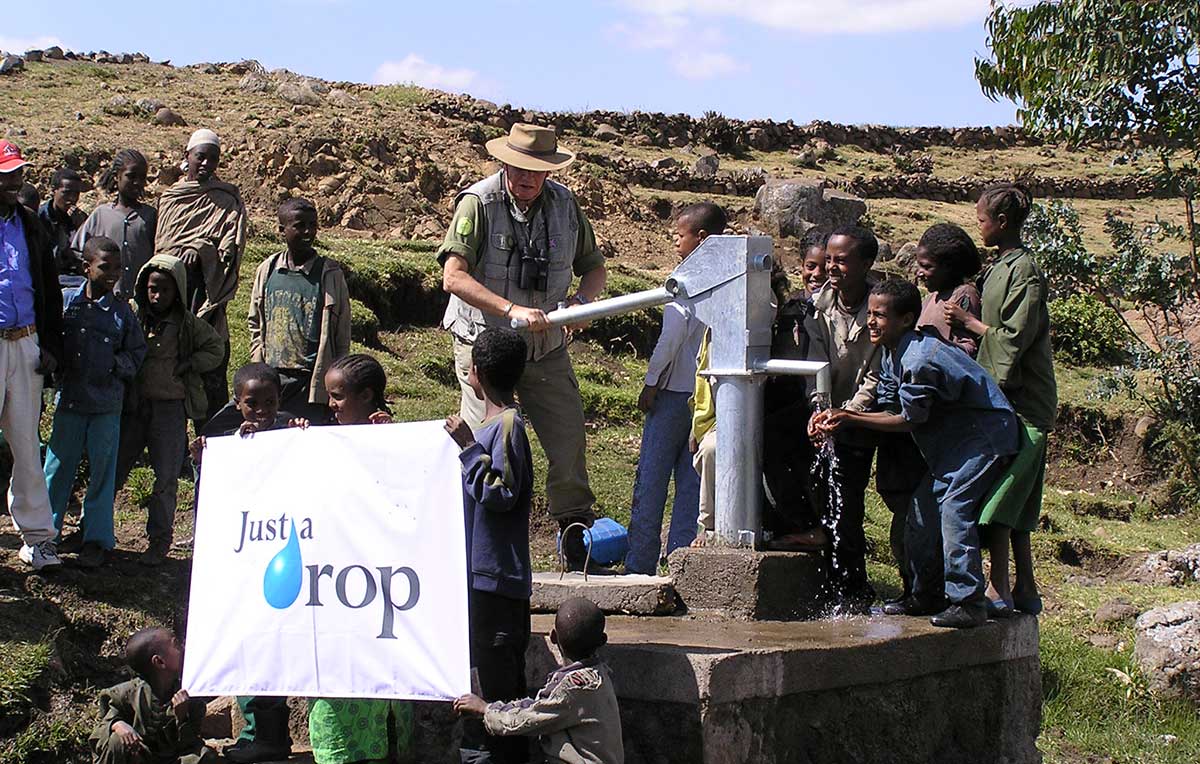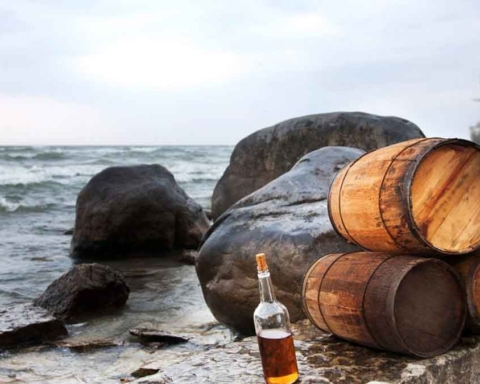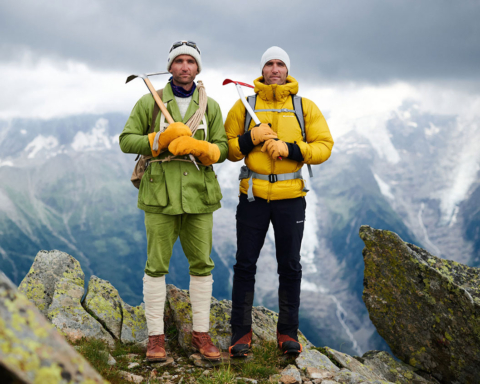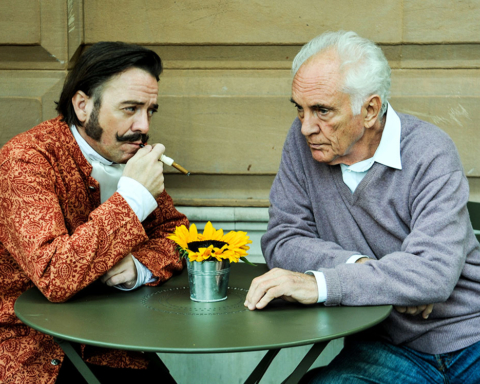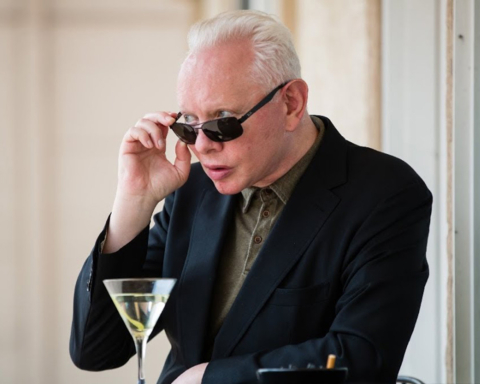Gustav Temple meets the legendary explorer whose adventures have taken him across all seven continents, as well as into the heartlands of Britain to help the nation’s underprivileged.
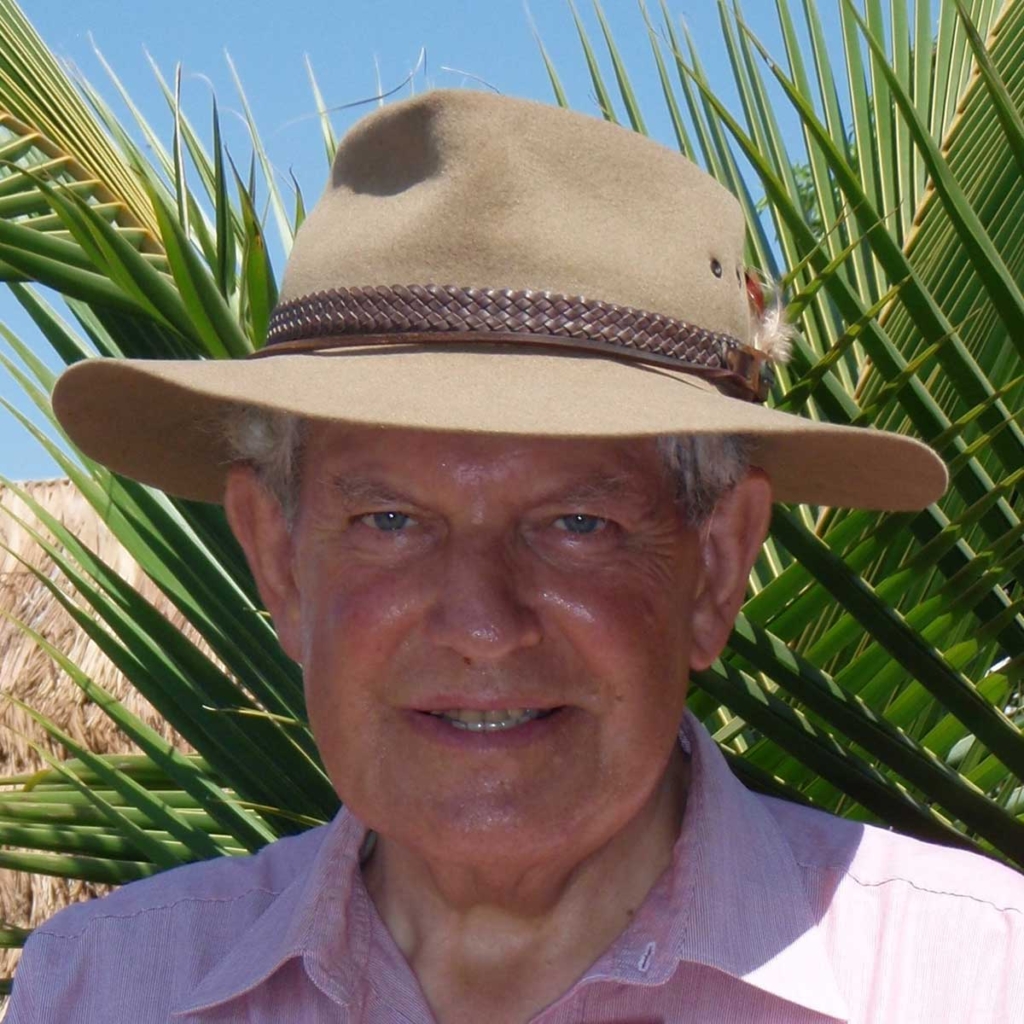
You had a special travel suit adapted by Norton & Sons. Could you explain the details?
It was to suit all seasons, for use in the tropics, the cold and the wet. I’ve still got it and it’s still going strong. It has zips so you can take off the sleeves and turn the trousers into shorts, and lots of secret pockets to hide your money. I wore it in the Arctic and the hot clammy tropics of the Amazon.
It sounds as though you have an equal interest in concrete jungles as well as tropical jungles, as in helping the people, particularly the youth, of this country.
My father was an army chaplain who ran various youth clubs and boxing clubs. When I retired from the army I was asked if I’d help in Liverpool, where they were trying to build a centre for underprivileged youngsters. They managed to get hold of a large building belonging to the council and they called it The Door. We managed to raise two-and-a-half million quid, which went on the property itself and refurbishing it. It became a huge success; around 50,000 young men and women have been through it, where they get help with homelessness, work training, their rights and so on.
Could I take you back to your unusual encounter with Emperor Haile Selassie of Ethiopia in 1964?
Well, my godfather had looked after him during the war, when the Italians invaded Ethiopia and he was exiled to Britain. When I was posted to Sandhurst as an instructor and put in charge of adventure training, I thought a wonderful place to visit would be Ethiopia. My godfather wrote to Haile Selassie to see whether we’d be received. The Emperor replied and said, ‘Certainly. He must come out here and we will look after him.’
Ethiopia had just become the centre for African unity and we had a superb expedition, largely on behalf of the Natural History Museum. Haile Selassie did look after us and we had some wonderful meetings with him. We were told that we had to bow to him three times on the red carpet; at the door, on the carpet and finally at the throne, and that the only way to do it was to bow low and press your forehead on the carpet. I said that’s a bit obsequious, isn’t it?
They said, no, no, no. If you bow like that you can see between your legs and spot the lions lurking about behind you. He had these pet lions roaming around the throne room. Afterwards he took us out into his garden to show us a beautiful pair of cheetahs. There’s a photograph by Chris Bonnington of one of the cheetahs looking at one of our lady members, who’s wearing a dress with a cheetah pattern on it!
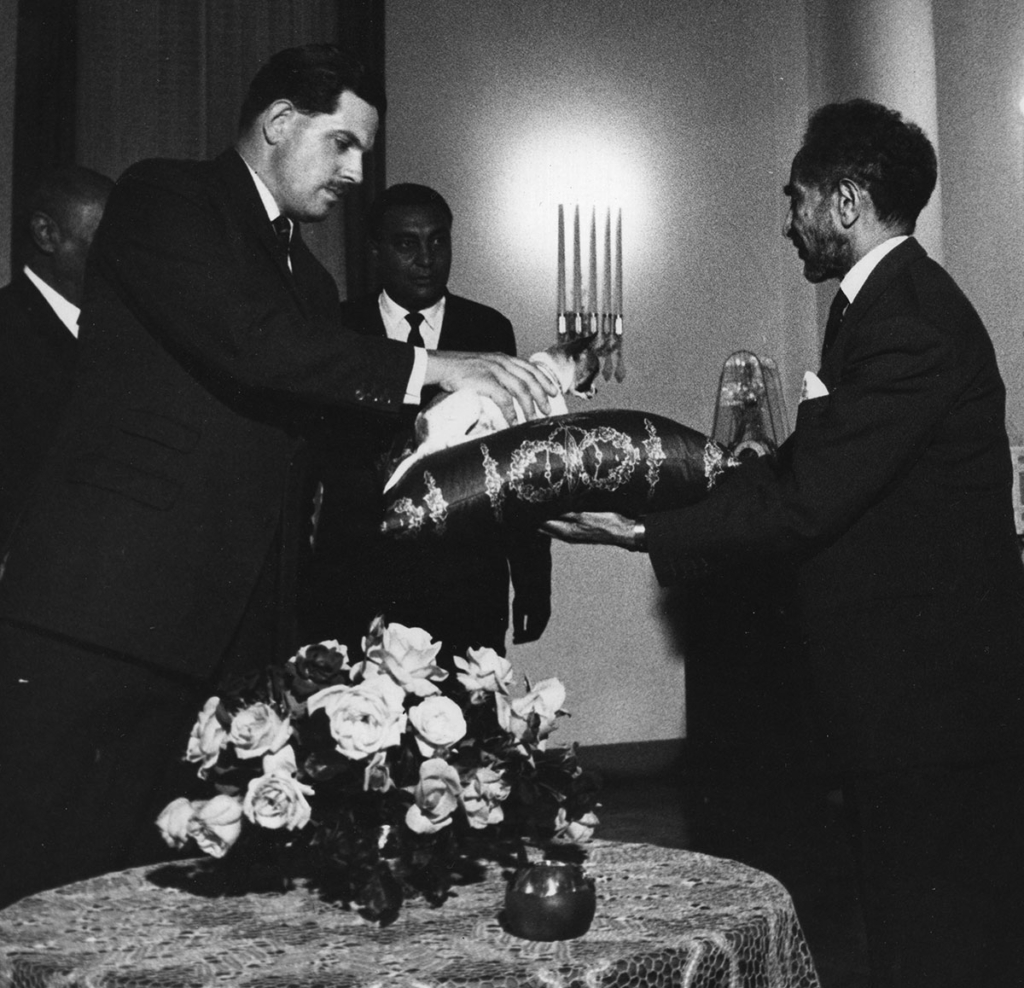
What was Haile Selassie like to meet?
He had a godlike appearance. He definitely filled you with awe when you were talking to him, and I think a lot of great men have this. He spoke in a very quiet voice; he wasn’t bombastic or pompous. It was almost like a hearing a voice coming down from heaven.
I did wonder about your belief in the supernatural. Your studies of the Loch Ness Monster, while being largely scientific, also seemed to indulge in the myth of the monster. Where do you draw the line between genuine scientific exploration and myth-seeking?
We did head up quite a lot of scientific work on the Loch Ness Monster. It was inconclusive, because we did find evidence that there were objects moving around the depths of the Loch, and you can go down to nearly 1,000 feet of water. One of the things that we discovered was that there was a large number of Arctic charr (a coldwater fish) living at great depths, so there was the possibility of a food chain that some large creature could have lived on. In the end, I tended to believe that what the so-called monster could have been was a sturgeon. It could have got into the Loch through the various canals that join it from the sea. We saw objects on sonar coming up from great depths that were definitely animate, but we never saw any living thing actually appear on the surface. Loch Ness is rather like dark coffee and visibility is appalling.
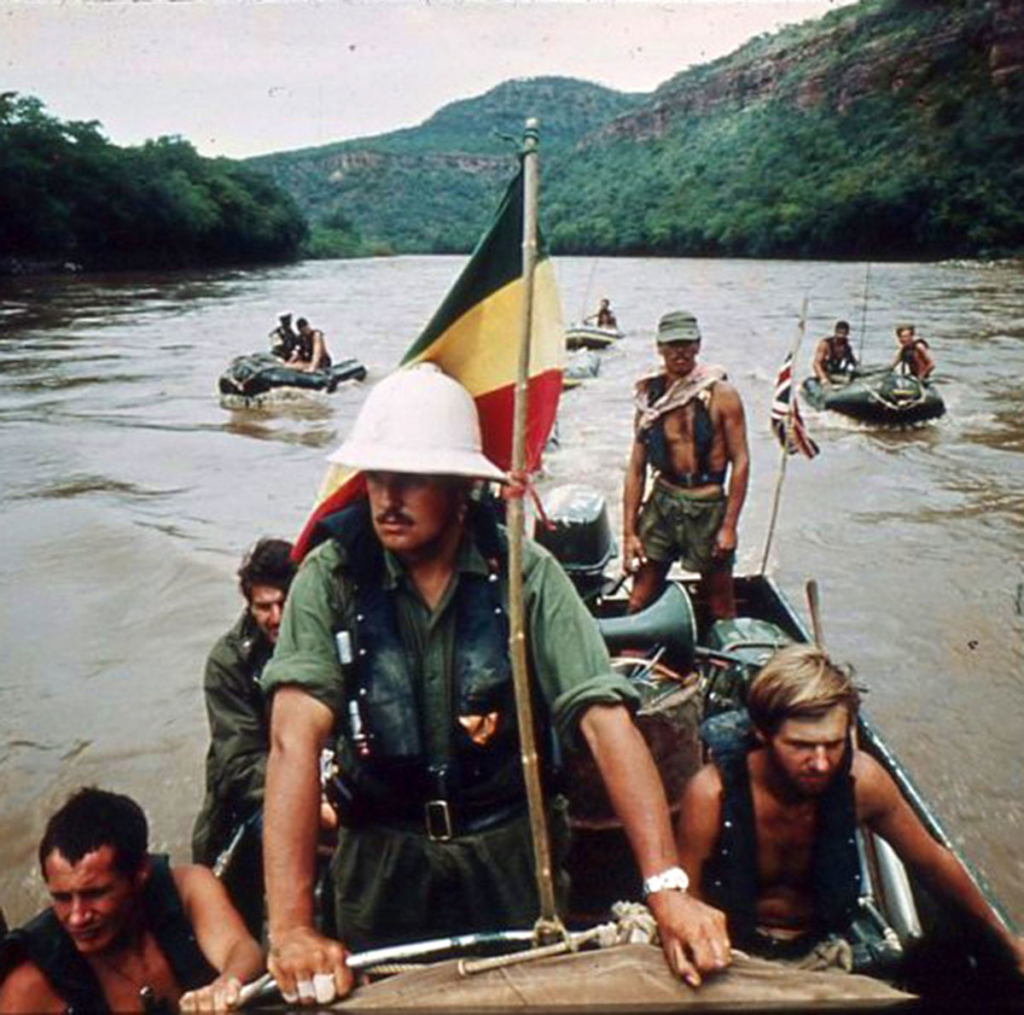
But surely a sturgeon wouldn’t have the scale of the creatures people claim to have seen on the Loch?
I think possibly there’s a lot of exaggeration when people see movement in lochs. You’ve only got to see half a dozen otters swimming one behind the other, to get the impression of something with bumps sticking out of the water. Seals also sometimes get in, and flying salmon.
I have another theory that we were seeing something that could have happened many years ago, rather like a ghost. I’m very interested in the supernatural, and I’ve had one or two experiences of meeting unexplained things in strange places. So I’ve often wondered whether the Loch Ness Monster could be an image of something that once did exist but is no longer there.
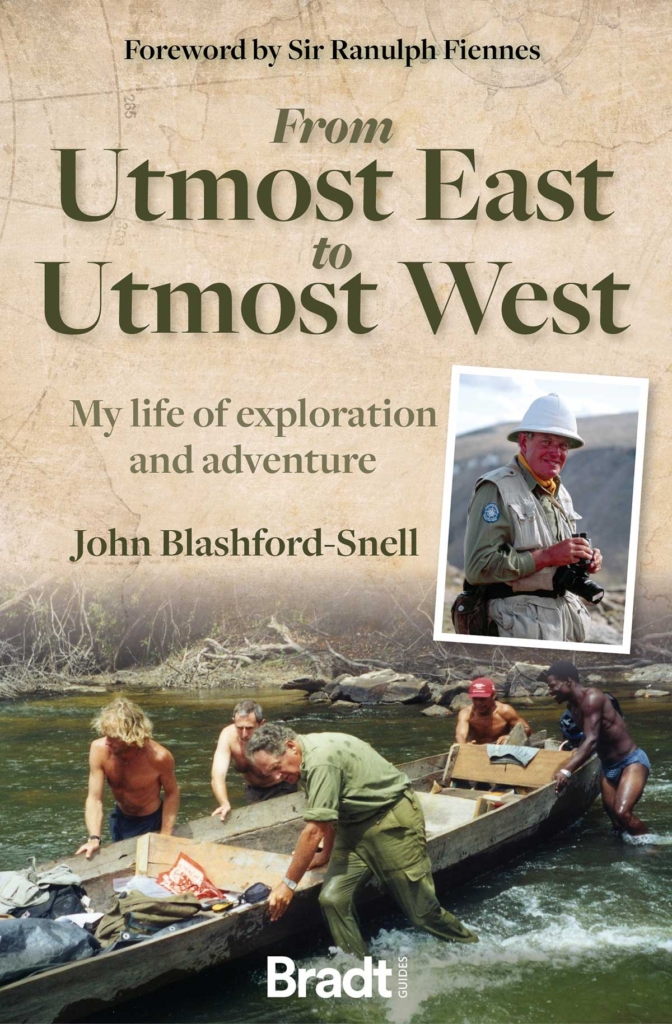
So have these supernatural experiences generally been on your travels to exotic lands?
Actually, most of them have been in Britain. Once, in my homeplace of Jersey, I was clearing out some tunnels made by the Germans during the War. We used two of the quarry workers who’d been made to dig the tunnels under the Gestapo. There was a place deep in one of the tunnels where there seemed to be a false wall. I used a dousing technique to test it, and I reckoned that there was a hidden tunnel behind it. I found an air shaft and another tunnel that seemed to lead in this direction. So with these two chaps we crawled through the air shaft and into what turned out to be another tunnel.
We crawled back out to the fresh air, and then I realised I’d left something inside the tunnel, so I told the two quarry workers to meet me at the pub. There was a soldier positioned at the door, to make sure everyone who went in came out again. When I’d got my stuff I said to the soldier on the door, alright, you can lock up now. Where are the two quarry workers?
He said, “There’s only one, sir.” When I got to the pub there was indeed only one quarry worker there and I asked him where his colleague was.
“Oh, he couldn’t make it today,” he said, “He couldn’t get away from work.”
Yet I knew I’d been in those tunnels with two men, talking to them all day.
From Utmost East to Utmost West: My Life of Exploration and Adventure by John Blashford-Snell is Published by Bradt Guides

